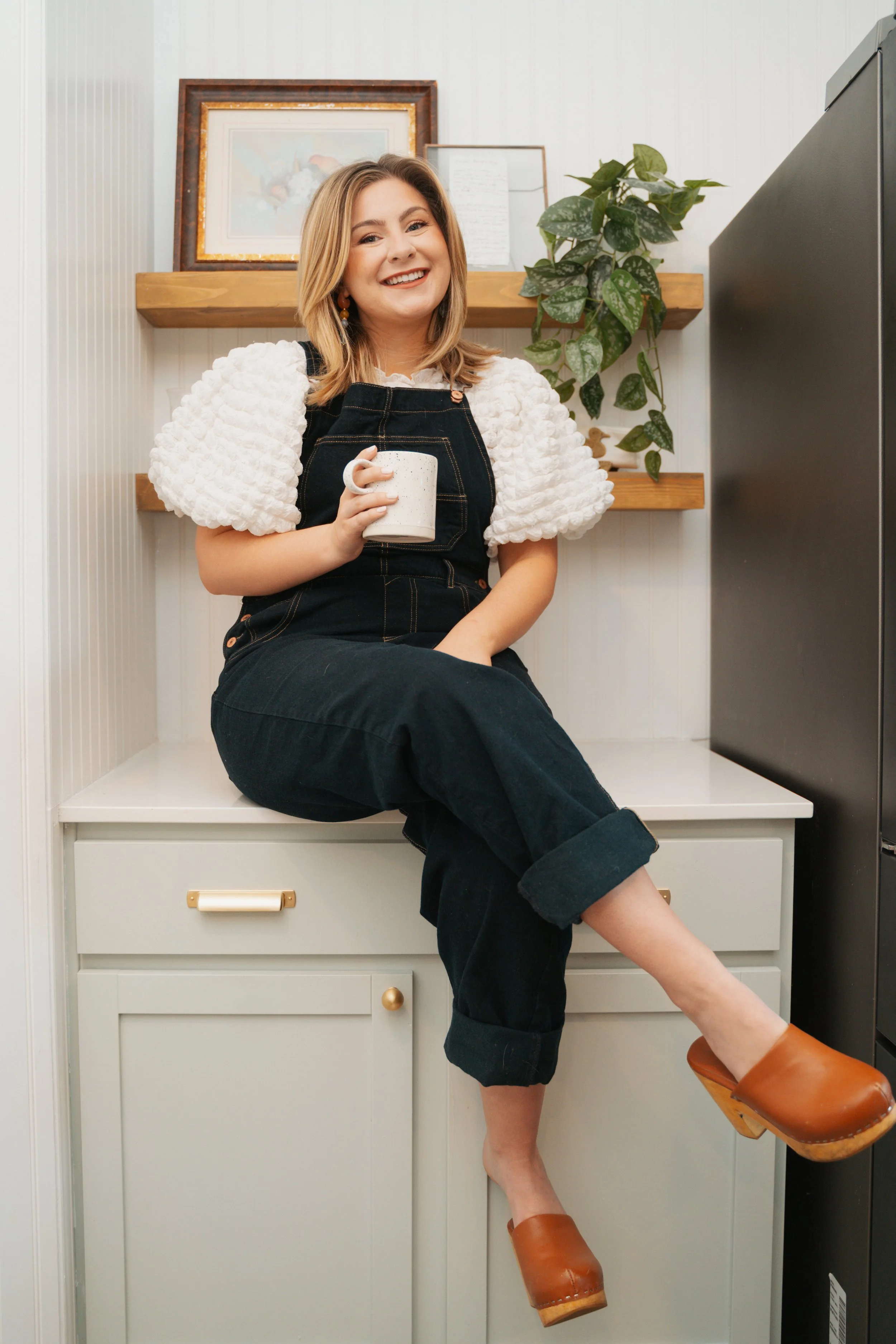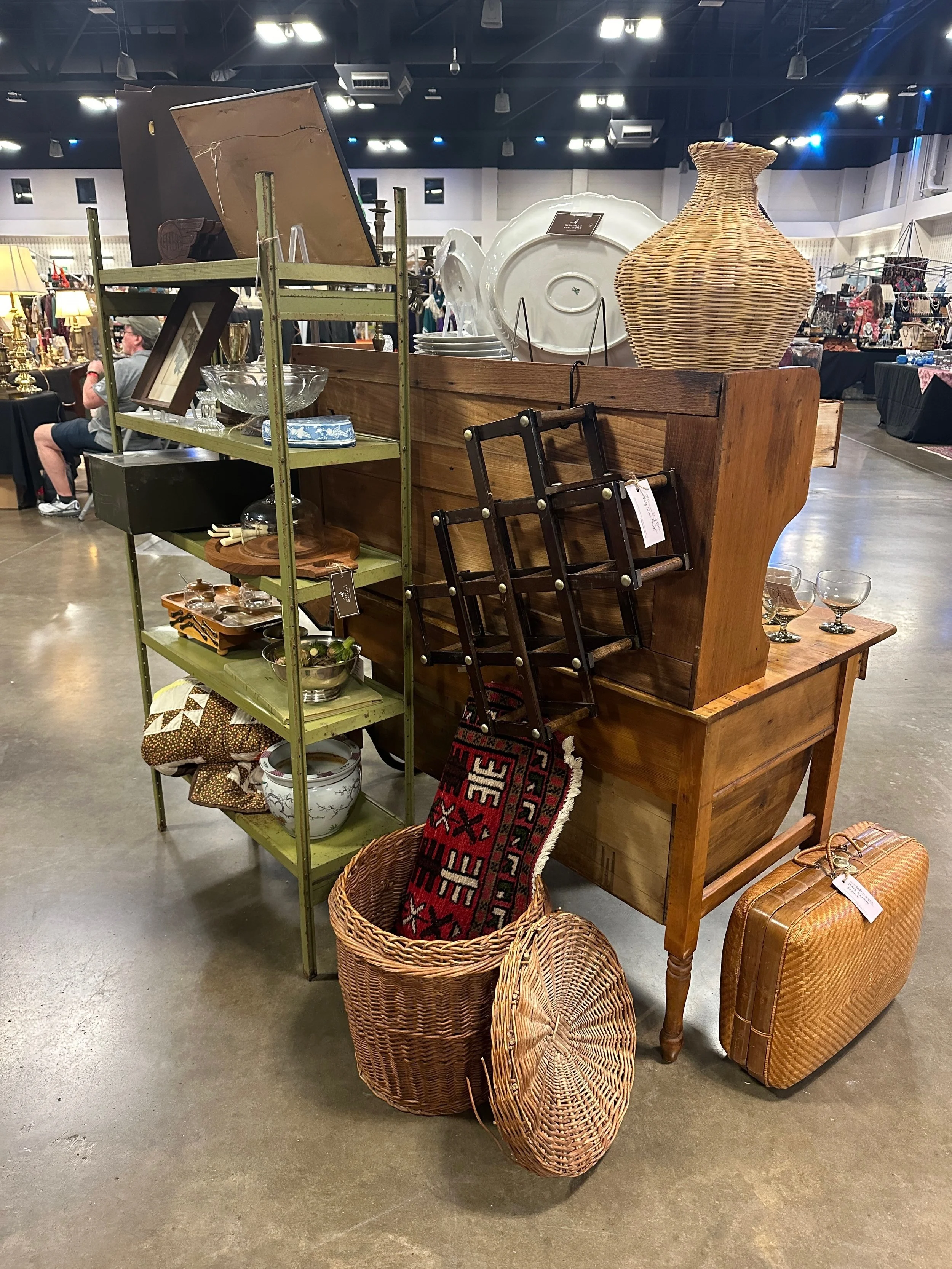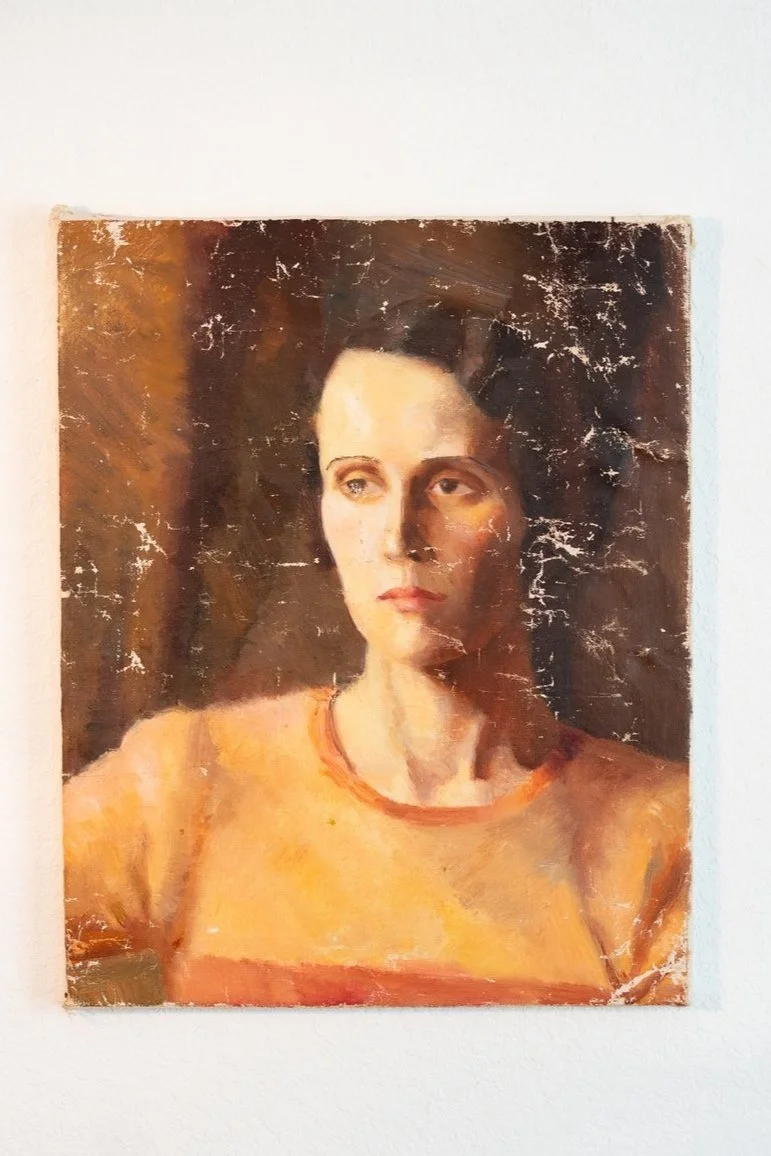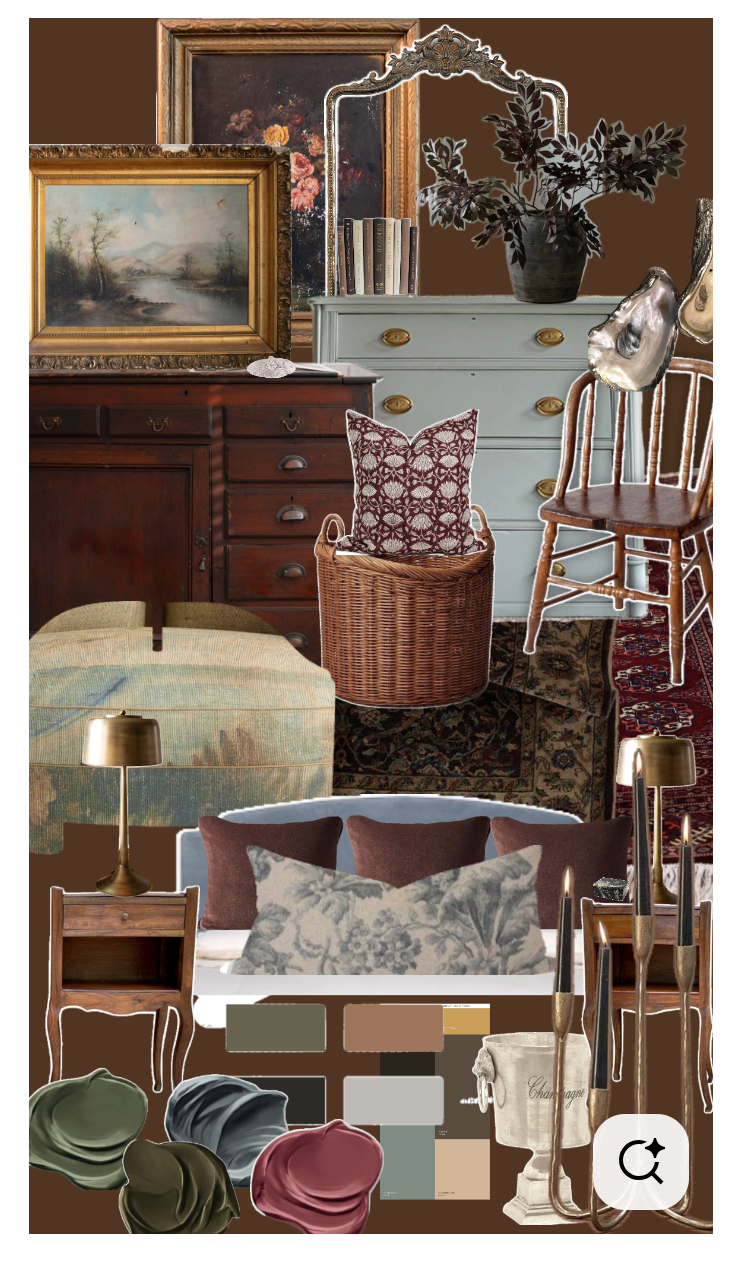Welcome to My World: My Top 10 Antique-Hunting Secrets…
Hi there!
Welcome to my very first blog post! I’m so excited you’re here.
My name is Taylor, the antique-obsessed treasure hunter behind Hemphills Mercantile. For years, I’ve been scouring flea markets, estate sales, dusty barns, and hidden corners of antique malls, hunting for pieces with real history and soul — and helping my customers avoid the junk along the way.
I started this blog because I believe antiques and vintage pieces shouldn’t feel intimidating or exclusive. Whether you’re just dipping your toe into collecting, or you’ve been scouring the markets for decades, there’s always something new to learn—and incredible finds waiting around the corner.
So today, I’m kicking things off by sharing some of my favorite no-nonsense tricks for spotting the real gems, sizing up a piece’s worth, and cutting through the fluff… a.k.a. the JUNK. These are the same tips I use when curating pieces for my own shop, so whether you’re hunting for your next forever piece or just want to shop smarter, I’ve got you covered.
Because let’s be real — whether you’re brand new to the antique game or have been collecting for decades, it’s easy to get overwhelmed trying to figure out what’s actually worth it. There’s a lot of pretty out there, but pretty doesn’t always mean valuable. Knowing how to spot the good stuff isn’t just about taste — it’s about quality, longevity, and investing in pieces that tell a story (not just take up space).
And hey — did you know antique and vintage furniture are the only types of furniture that are potentially increasing assets? So buying new? It’s basically throwing money away. But that’s a blog post for another day…
Ready to dive in? Here are my top tips to help you antique-shop like a pro:
Tip #1:
Always, always, always flip the piece over or check the back!
If you learn one thing from me, let it be this — the back and bottom of a piece are usually WAY more important than the front. These days, everything is made to look vintage, and some fakes are good enough to fool even seasoned eyes… from the front. But the backside? That’s where the truth lives.
You're looking for old stamps, maker’s marks, oxidized nails, hand-cut joinery, rusted screws, aged wood — anything that screams real age and craftsmanship. The back and bottom are the tell-alls, and they rarely lie.
Know What You’ve Got
Tip #2:
Use Google Lens to Identify Marks and Signatures
If you spot a maker’s mark, label, signature, or even a unique pattern but don’t recognize it, use Google Lens — a powerful visual search tool available on most smartphones. Simply take a photo of the mark, and Google Lens will search the internet to help identify the manufacturer, artist, or style. This quick and easy technology can connect you to valuable information and similar items, making it an essential tool for antique hunters in the digital age.
Tip #3:
Don’t Rely on the First Listing Price You See
This is a common mistake: getting excited by a high listing price you see online and assuming it reflects true value. Just because someone—let’s call her Grandma Suzie—lists an item for $3,000 doesn’t mean it’s actually worth that much. Instead, look for sold comps (completed sales) or multiple similar listings to get a realistic sense of what buyers are actually paying. This helps you determine if a price is fair or if it’s overpriced.
Tip #4:
Trust your Gut
Beauty does not always equal expensive, trust me, there are some pretty ugly pieces out there that are worth alot of money but dont just buy a piece because its valuable,buy a piece because you love it. If you think its ugly now an extra $20 in your pocket down the road is not going to make up for the time youve had to look at an ugly piece in your home. Also, if it doesnt look old it probably isn’t!
Tip #5:
Quality = Value.
Nicks and dents DO take away from the overall value of an item. That doesn’t mean the piece is a no go if its chipped but, it does mean you might not want to pay full price for a damaged piece. Some of my favorite pieces sport an awesome nick, chip or crack and it totally adds to the look but, that style is very personal.
Tip #6:
Look for multiples!
If you see multiple dealers with the same item that probably means it is something that is trending, will be trending, or is valuable.
Tip #7:
Always buy the set when at all possible, the bigger the set the larger the value.
Sets are being split over and over again and as an item becomes more rare a set gets more difficult to find. 3s are great in most things but in dishware and glassware an even number is always a winner so 6,8,10,12 etc…
Tip #8:
Make a quick mood board before you go out.
Deciding on the look you want to go for will help you notice the treasures youre looking for. This can also help you to stay up n trends and get ahead of what is going to be trending and snag a piece before the price racks up! I like to use the Pinterest collage feature on their latest iOS version of the app!
Tip #9:
Remember — High Price Doesn’t Always Equal Value
Just because you paid a lot for an item doesn’t mean it’s truly valuable. Market trends, demand, and authenticity all play a role in an antique’s worth. Always evaluate the piece itself rather than relying solely on the price you paid.
Tip #10:
My Best Tip: If You Love It, Buy It!
Forget what anyone else thinks — seriously! I swear, a piece somehow gains extra charm if my husband hates it. If you love something, don’t hesitate to buy it because chances are someone else will too, and it might not be there when you come back. You’ll always find a special place in your home for something you truly adore — and chances are your man will be singing a super different tune once he sees it all styled up in your space!







